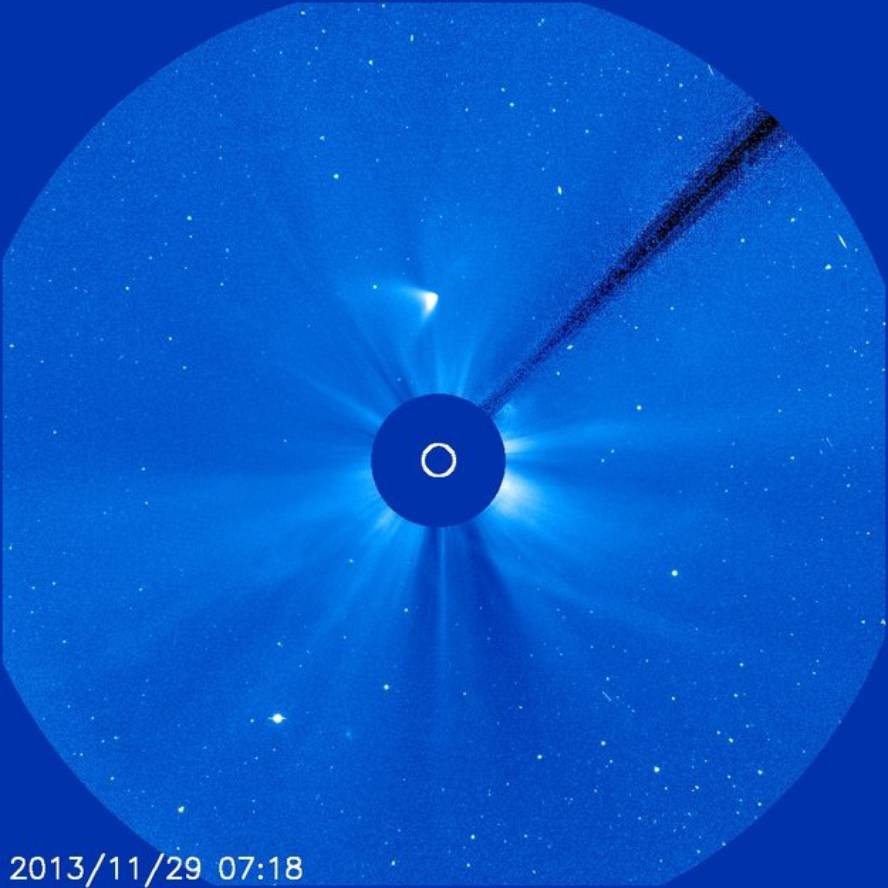Comet ISON does not exceed perihelion
The comet, with a very eccentric orbit, announced astronomers that its approach to the Sun was enormous, at only 1.8 million km (0.012 astronomical units); for example, comet Halley passed to 90 million km in 1986.
The Sol's fluffy comets are called this way because the perihelio is very far from the Sun and the little ones of this type get rid of the perihelion or later. Only the largest manage to survive the conditions they must endure in the perihelion. He was one of the great ISON, so astronomers believed he had a chance to overcome the perihelion, seeing the comet size and the high speeds.
Yesterday, at the turn of the perihelion, curiosity and level of continuity on the Internet and on social networks were great, being able to see live how ISON was approaching the Sun and how it was losing material.
Today, as astronomer Phil Plait, author of the blog Bad Astronomy, has pointed out, "many people are sad because the comet has broken." “I understand – follow the text – I have not had the opportunity to see it and now it looks like I will never see it. But to the Universe no matter so much our desire, it only does what it has to do. And here a lot of science is emerging, so I'm nothing sad, I'm happy. It has been a high! And it can take a long time to see them again.”






